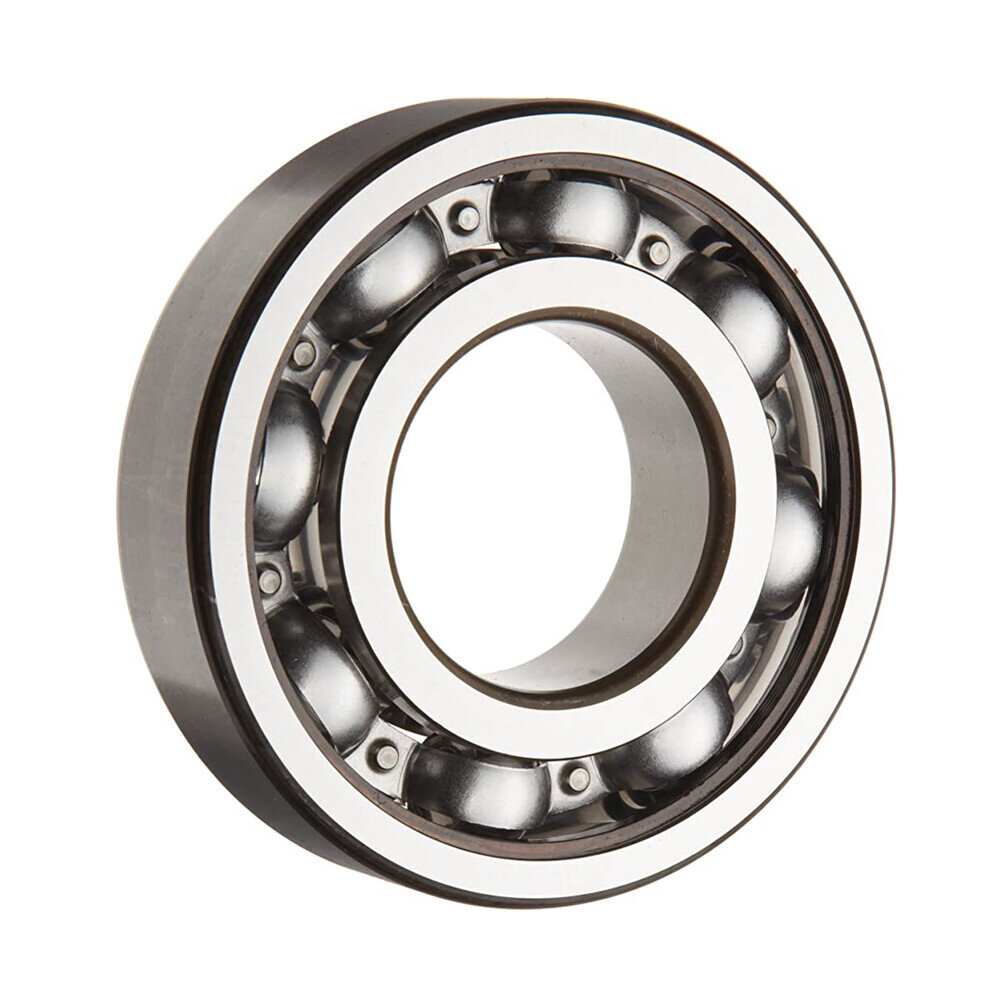Understanding the Self-Aligning Ball Bearing Size Chart
Understanding the Self-Aligning Ball Bearing Size Chart
Blog Article
Comprehensive Size Chart for Self-Aligning Ball Bearings
2220 Dimensions of self aligning bearing are crucial components in a variety of machines and equipments, well-known for their ability to accommodate the misalignment and decrease friction. They are especially useful in applications where shafts may be misaligned due to assembly errors or operational stresses. Knowing the dimensions and specifications of self-aligning ball bearings is crucial for selecting the right bearing for your needs. This guide provides a comprehensive outline of the most important dimensions and specifications that you need to consider.

Dimensions and Basic Specifications
Self-aligning ball bearings come in different dimensions and specifications, all suitable for specific uses. The primary dimensions to consider include the bore diameter, the outer diameter and width. These dimensions are typically specified in millimeters, and are crucial to determine the bearing's compatibility with your machine.
The Bore Diameter (d) Bore Diameter (d) is the inner diameter of the bearing, which is slid onto the shaft. The bore diameter can vary from as little as 10 millimeters to more than 100 millimeters, based on the size of the bearing. Accurate measurement of the bore's diameter is crucial to ensure a proper fit and to avoid issues like too much play, or shaft disalignment.
Outside Diameter (D): The outer diameter is the total size of the bearing, that determines the way it fits inside the structure of the housing or support structure. It is essential to ensure that the bearing fits securely within the space it is designed to fit into. Outer diameters vary greatly, typically ranging from 30 millimetres to 150 millimetres or more.
Width (B): The width of the bearing refers to the space between the outer and inner rings. This dimension influences the bearing's load-carrying capacity and overall stability. They are generally available in a range of sizes that can be used to meet different load requirements and space limitations.
Load Ratings and Material Specifications
When selecting self-aligning ball bearings load ratings are a further important aspect to consider. Bearings are subjected to different kinds of loads, such as the axial and radial load. Self-aligning ball bearings are designed to withstand radial loads as well as moderate Axial loads equally in all directions. Load ratings which are defined as static and dynamic load ratings, indicate the bearing's capacity to withstand these forces with no risk of premature failure.
Dynamic Load Rating (C): This rating represents the bearing's ability to take on radial loads while in operation. It is typically expressed in kilonewtons (kN) and is a reflection of the bearing's performance under normal operating conditions.
Static Load Rating (C0) A static rating is a measure of the capacity of the bearing to endure static loads with no excessive deformation. This rating is essential when the bearing may be subjected to a lot of pressure in stationary positions.
Materials used in self-aligning ball bearings, like ceramic or steel, play a role in their performance and longevity. The best bearings typically make use of materials that offer greater durability and resistance to corrosion and wear.
Design Variations and Features
Self-aligning ball bearings come in a variety of configurations, including open, shielded, and sealed types. They allow direct lubrication and cooling however they require regular maintenance. Shielded bearings, on contrary, have metal shields that guard against contaminants while reducing the requirement for frequent oiling. Sealed bearings come with rubber seals that offer the best level of protection against dust and moisture, making them ideal for difficult environments.

Conclusion
The best self-aligning ball bearing is about knowing the crucial measurements and specs, including the bore's diameter and diameter as well as its outer, width and loads. If you take into consideration these parameters along with the design and material variations that you have to choose one that will provide maximum performance and long-term durability for your specific application. Whether for industrial machinery or consumer goods, a precise choice of bearings is essential to ensure high-quality and effective operation. Report this page